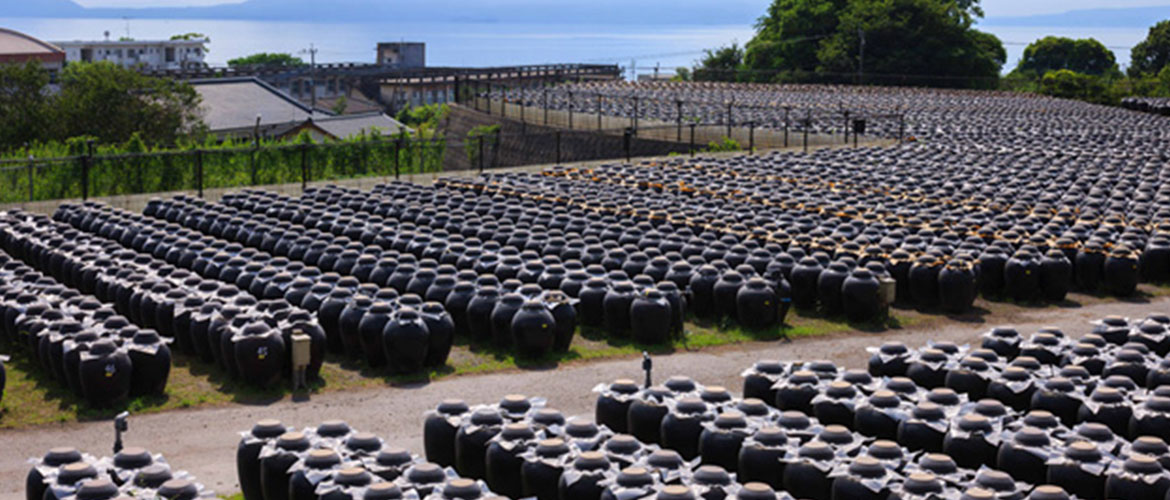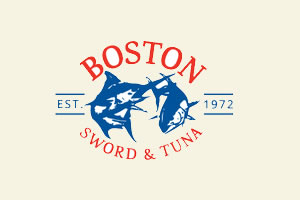

Salmon Will Run, Scallops will Fall
In the last blog I wrote about spring and cooking out and better weather. Then it snowed Monday. Welcome to the Midwest, where the seasons don’t necessarily follow the calendar. In this edition, there won’t be any mention of the weather. Instead, we all can just quietly hope the worst is behind us and that the best is yet to come.
The way-too-early word on the Wild Salmon fishery is that this year will be a below average one. King and sockeye runs will be close to the 10-year average, if not a smidge under, but the overall forecast is down, due to the bleak outlook of the Pink Salmon landings. The Copper River season typically kicks things off for the Wild Salmon Season and the exact date will be announced by the Alaska Department of Fish and Game the first week of May. Many insiders predict a starting date of May 17, so stay tuned, we have a few weeks still. For those who can’t wait, there have been some troll-caught Kings in the market, but these landings have been very sporadic and extremely costly. There will be a few Southeast Alaska Troll Kings after May 1, but your best bet for now is to be patient.
You could, in the meantime, choose to go the farmed route and try Mt. Lassen Steelhead. Mt. Lassen is located in Northern California and rears their fish in crystal clear clean, fresh water springs with high velocity waters that replicate the fish’s natural environment. The result is firm fleshed meat with clean flavor and desirable oil. The fish range from three to six pounds.
We are beginning to see a steadier supply of Great Lakes fish as the weather gets better. Whitefish and Lake Trout landings should continue to improve over the next couple of months. Right now, most of the Walleye production consists of smaller fish, with a few jumbos being landed.
Grouper production is ramping up now that Mexico will begin producing fish again. The moratorium is over, and you can also expect a healthy amount of domestic fish to compliment the imports. Grouper should be a viable option in the upcoming months.
If scallops aren’t in your menu plans for the summer, you may want to rethink them. Scallop landings are expected to soar this year and the market could see the most favorable pricing in years, especially for the larger sizes. Short trip and day-boat scallops will be harvested from areas in the Mid and North Atlantic, including the Nantucket Lightship location.
Gourmet Grab
Looking for a high-quality Japanese vinegar that has a multitude of culinary applications and has a flavor profile not commonly found anywhere else? Insert WA Imports-sourced, Togo-Su Kurozu vinegars. Togo-Su produces amber rice vinegars brewed with natural fermentation in traditional stoneware pots. Japanese artisans utilize a two-hundred-year-old brewing tradition that combines local brown rice, spring water, and brown rice koji (essentially a fungus that grows on fermented rice) to make these intensely-flavored vinegars (we stock a regular and apple-flavored variety).
The kurozu vinegars are fermented for 1-1.5 years and then aged an additional 3-5 years to darken their color, while softening their acidity to caramel-like undertones. The added aging provides complexity and an extra depth of flavor not seen anywhere else in the world. This line is perfect for the chef always inquiring for exclusive, out-of-the-ordinary products that will surely impress any customer looking to step out of their culinary comfort zone.















